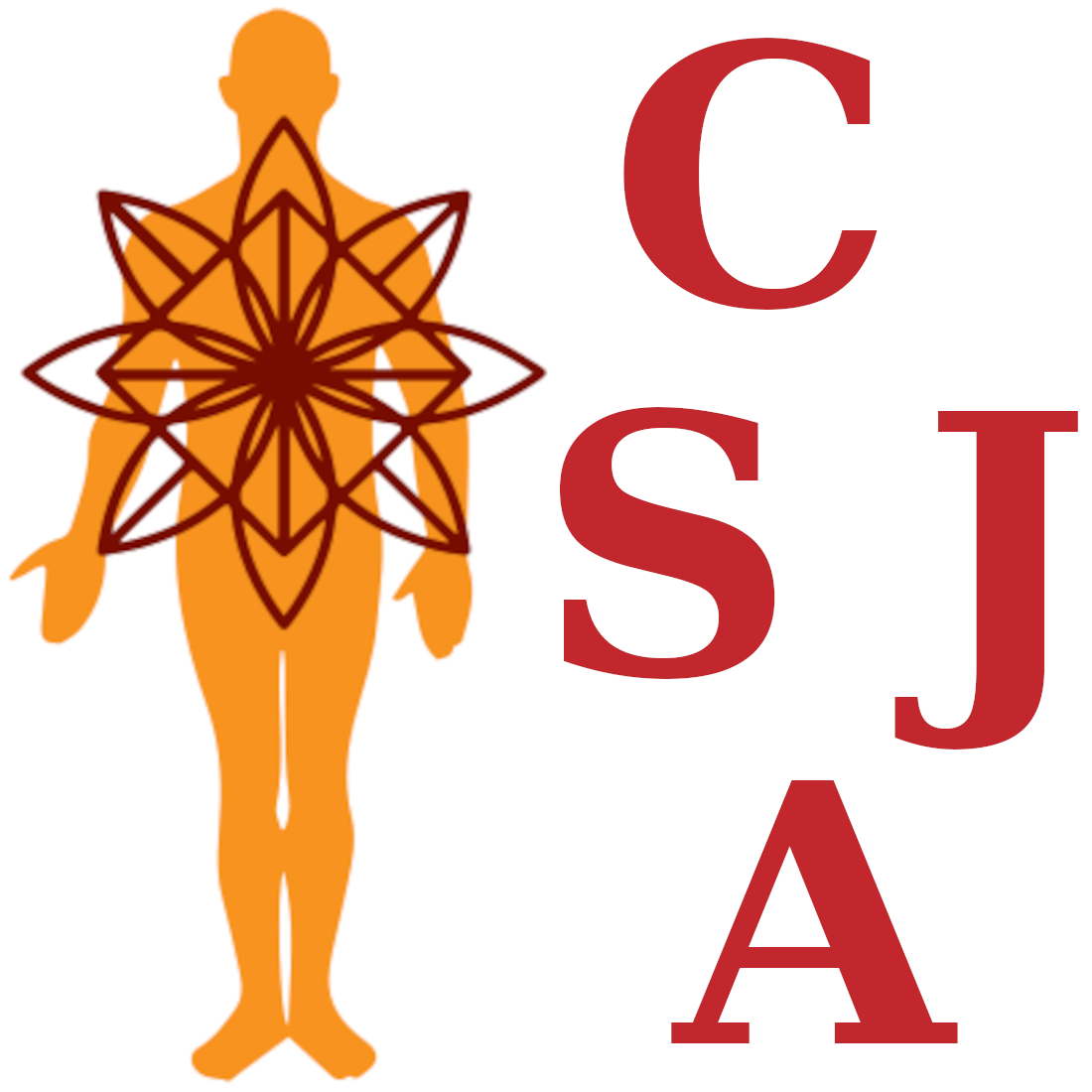A question received often is, “how does acupuncture work?”. Today, we will dive into the current research, and explain why knowing the traditional theories and understanding the bio-science research is important overall, and both are needed to fully understand utilize the medicine to it’s best ability.
What is Acupuncture?
Acupuncture, a key component of Traditional Chinese Medicine (TCM) and other areas in East Asia, has been practiced for thousands of years. Recently, it has gained widespread acceptance and integration into Western medicine. This article explores the scientific basis of acupuncture, shedding light on how it works and its potential health benefits.
Acupuncture involves inserting thin needles into specific points on the body, known as acupuncture points. According to TCM, this practice balances the flow of Qi (vital energy) along pathways called meridians. In contrast, modern interpretations focus on physiological and biochemical effects.
How Does Acupuncture Work – Theories and Mechanisms
Several theories attempt to explain the mechanisms behind acupuncture:
- Neurotransmitter Theory: Acupuncture may stimulate the release of endorphins and other neurotransmitters, which can reduce pain and promote a sense of well-being.
- Neurohormonal Pathway: Needling certain points might influence the hypothalamus and pituitary gland, impacting hormone levels and bodily functions.
- Gate Control Theory: This theory suggests that acupuncture can block pain signals in the nervous system, providing relief from chronic pain conditions.
- Fascia and Connective Tissue Theory: Recent research indicates that acupuncture may affect the body’s connective tissues, influencing cell signaling and tissue repair processes.
- Immune System Activation: One emerging theory suggests that acupuncture works by activating the immune system. When a needle pierces the skin, it creates a microtrauma that triggers a localized immune response. This small injury stimulates the body’s natural healing processes, including the release of cytokines and other immune mediators. Additionally, the insertion of needles increases blood flow to the affected area, enhancing the delivery of oxygen, nutrients, and immune cells to the site. This heightened circulation and immune activity help reduce inflammation and promote tissue repair, contributing to the therapeutic benefits of acupuncture.
Scientific Evidence and Research
Numerous studies have investigated acupuncture’s efficacy, particularly for pain management. Here are key pieces of evidence:
- Chronic Pain: A meta-analysis published in the Journal of Pain found acupuncture to be effective for chronic pain conditions such as back and neck pain, osteoarthritis, and chronic headache. 1
- Migraines: Acupuncture tested appeared to have a clinically minor effect on migraine prophylaxis compared with sham acupuncture.2
- Osteoarthritis: Research published in the BMJ showed that acupuncture can alleviate pain and improve function in patients with osteoarthritis of the knee.3
- Anxiety and Depression: A systematic review in Frontiers in Psychology reported that acupuncture has potential benefits in reducing symptoms of anxiety and depression.4
Acupuncture Techniques and Practices
There are various acupuncture techniques, including dry needling and electroacupuncture. Practitioners select acupuncture points based on the patient’s symptoms and health status. Integrating acupuncture with other treatments, such as physical therapy or medication, can enhance therapeutic outcomes.
Safety and Side Effects
While acupuncture is generally safe when performed by trained professionals, it is not without risks. Common side effects include bruising and soreness at needle sites. Ensuring practitioners are licensed and experienced is crucial to minimizing risks. Patients should also disclose their full medical history to avoid contraindications.
Conclusion
Acupuncture offers a scientifically-backed approach to managing various health conditions. As research continues to uncover its mechanisms and benefits, acupuncture is likely to become an increasingly important tool in both conventional and complementary medicine. Patients should consider all available information and consult with healthcare providers to make informed decisions about incorporating acupuncture into their treatment plans.
References
- Vickers, A. J., et al. (2012). Acupuncture for Chronic Pain: Individual Patient Data Meta-analysis. Journal of Pain, 13(12), 1261-1270. Retrieved May 21, 2024 from https://pubmed.ncbi.nlm.nih.gov/22964163/ ↩︎
- Wang, L. P., Zhang, X. Z., Guo, J., Liu, H. L., Zhang, Y., Liu, C. Z., … & Xue, C. C. (2016). Efficacy of acupuncture for migraine prophylaxis: A randomized clinical trial. JAMA Internal Medicine, 176(4), 487-493. Retrieved May 21, 2024 from http://www.ncbi.nlm.nih.gov/pmc/articles/pmc3291669/
↩︎ - Corbett, M. S., et al. (2013). Acupuncture and Other Physical Treatments for the Relief of Pain Due to Osteoarthritis of the Knee: Network Meta-analysis. BMJ, 346, f555. Retrieved May 21, 2024 from https://www.ncbi.nlm.nih.gov/pmc/articles/PMC3769860/ ↩︎
- Zhang, Z. J., et al. (2010). Acupuncture for the Treatment of Depression: A Review of Controlled Clinical Research. Frontiers in Psychology, 1, 159. Retrieved May 21, 2024 from https://www.frontiersin.org/journals/neuroscience/articles/10.3389/fnins.2024.1347651/full ↩︎

At CSJAcupuncture.com, we’re dedicated to empowering you with knowledge that promotes holistic well-being. Explore our educational resources based on clinical experience, science, and best integrative medicine practices. Embark on a journey toward a healthier, balanced life! Check out our wellness book on Amazon.com!